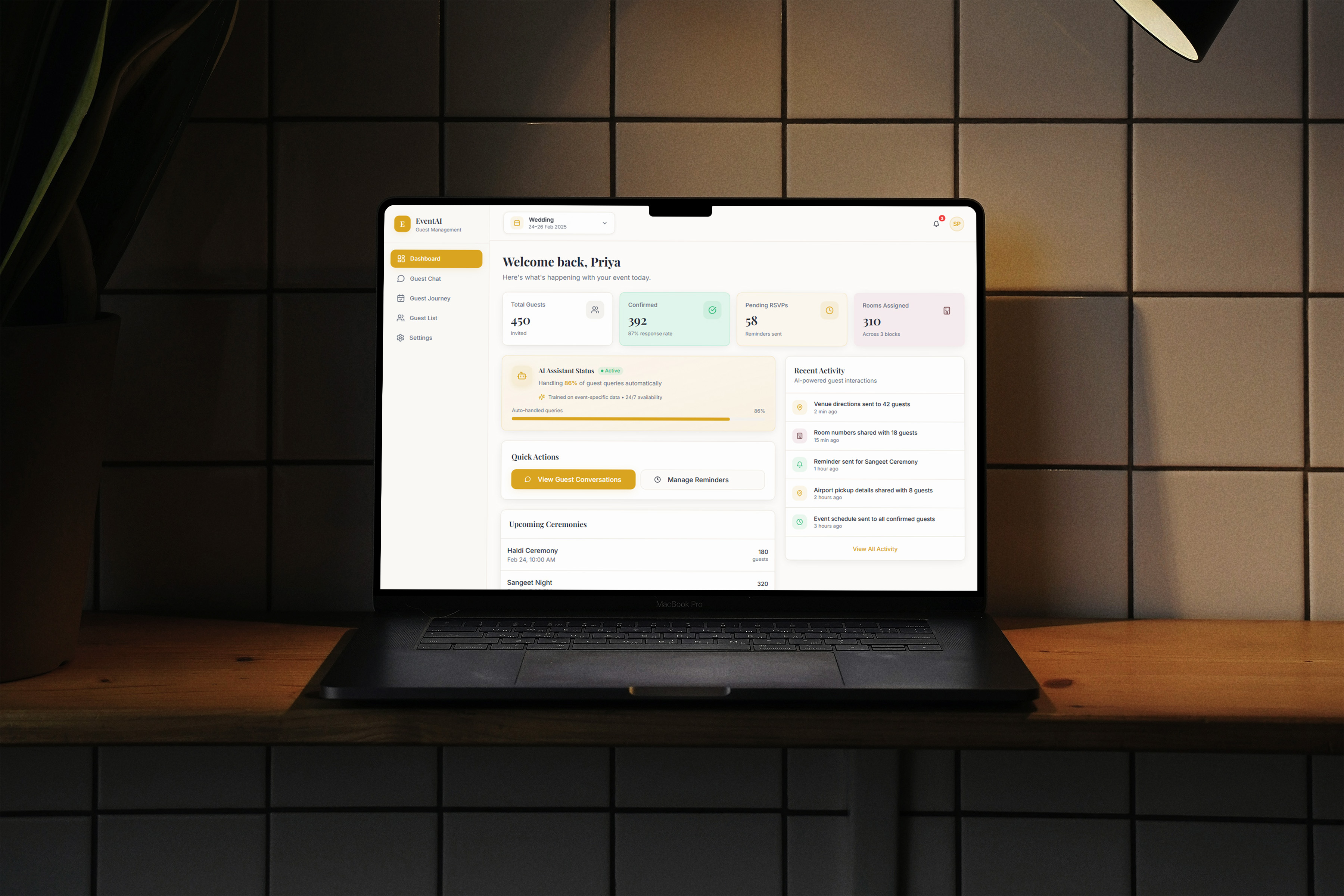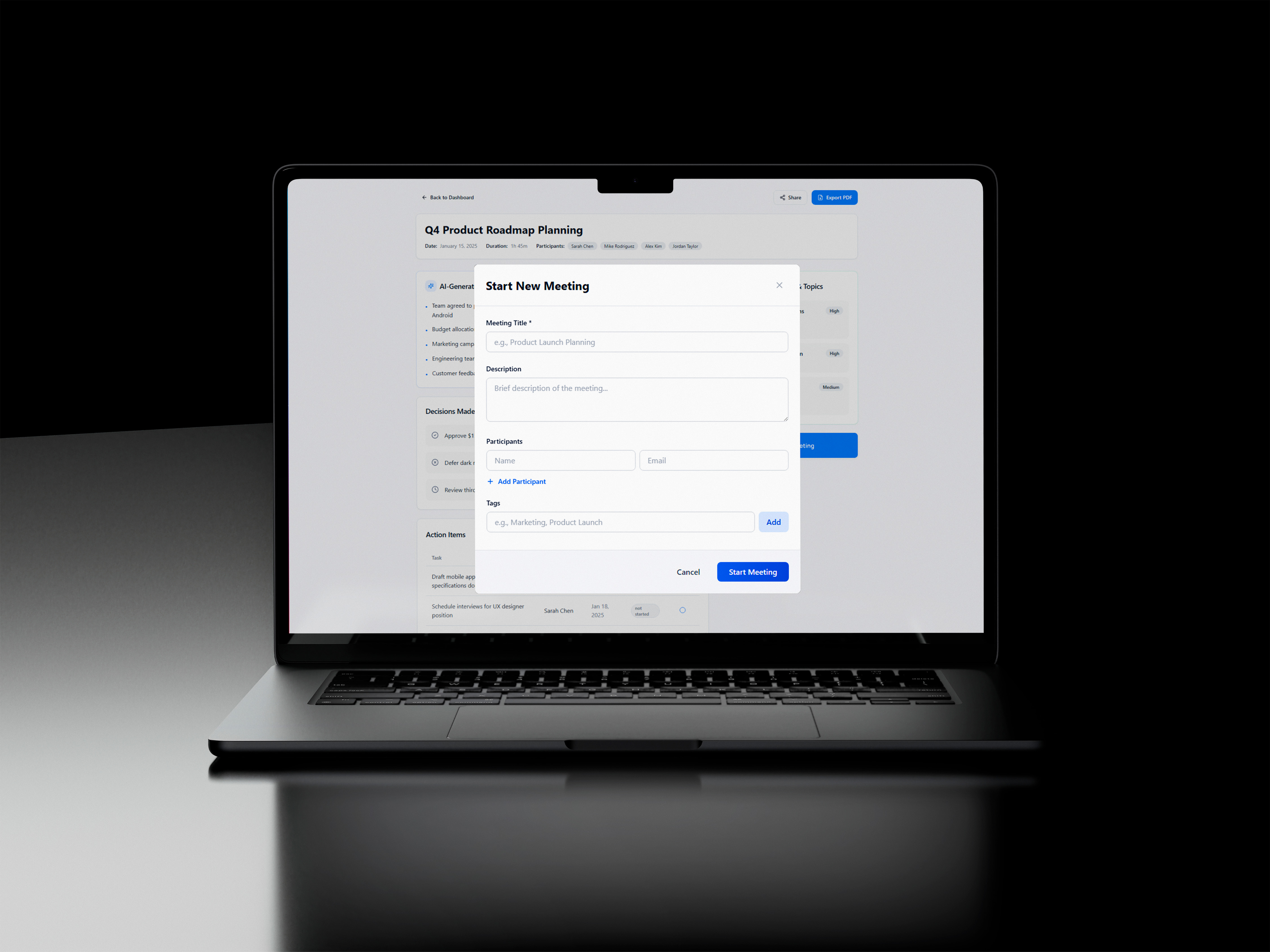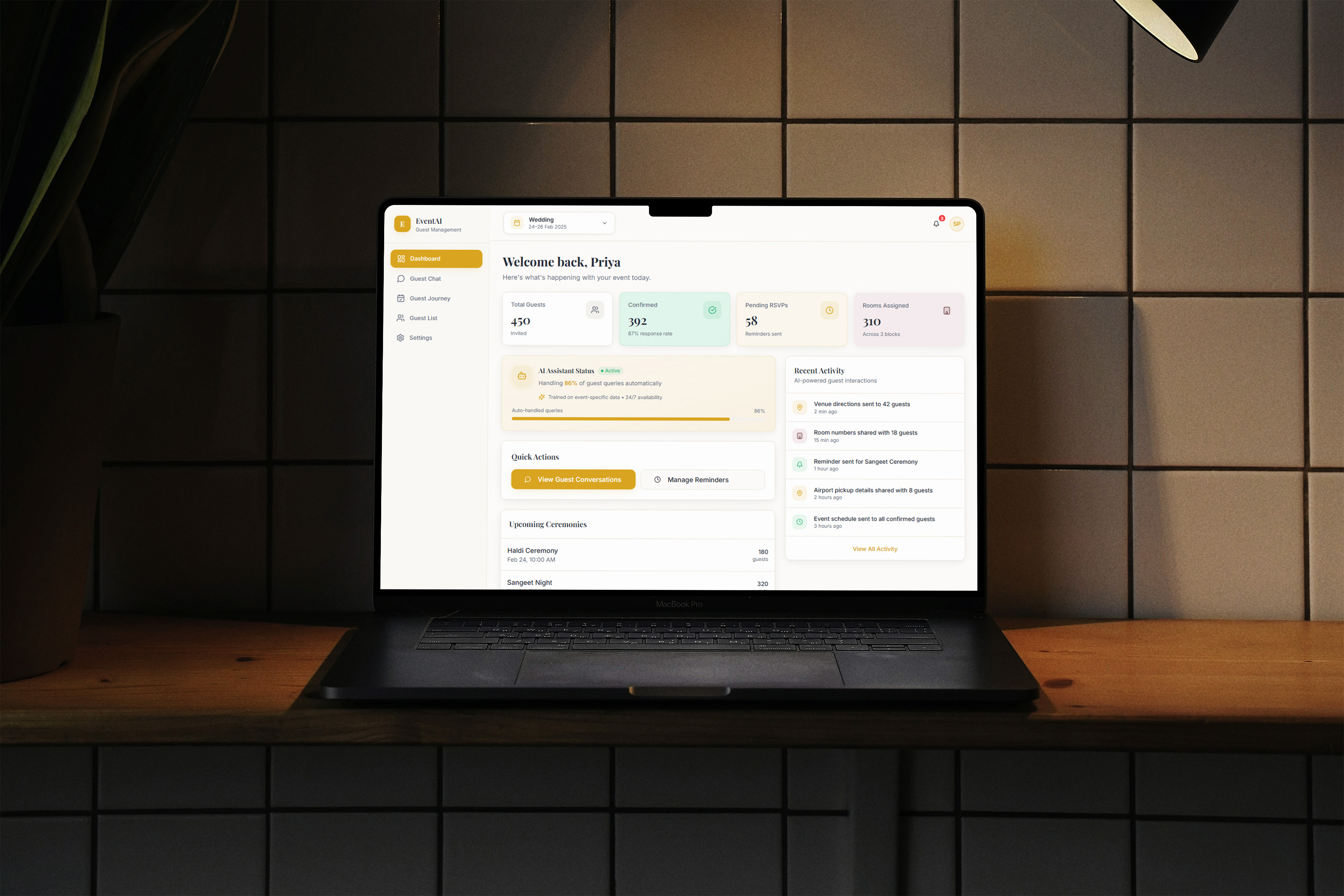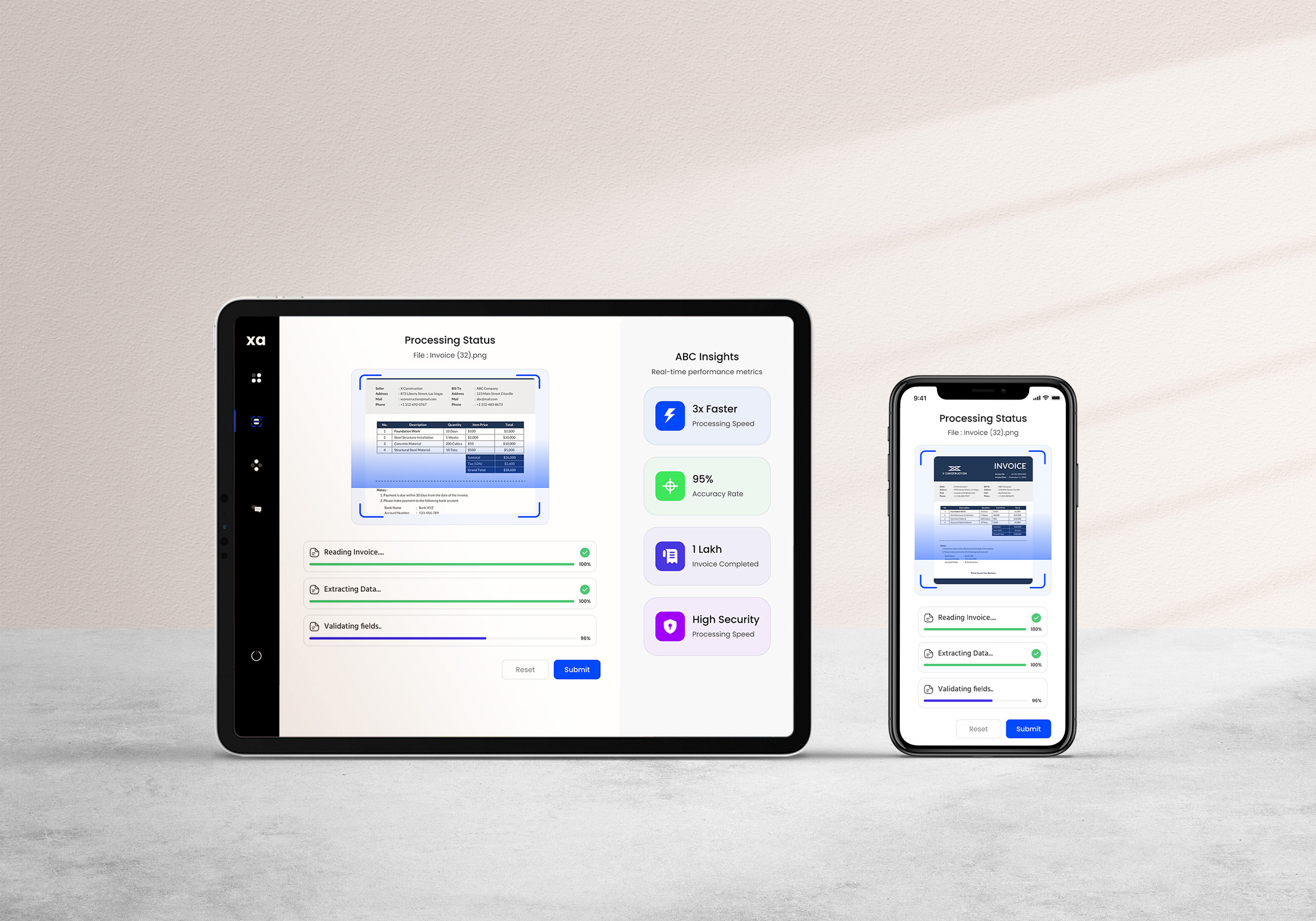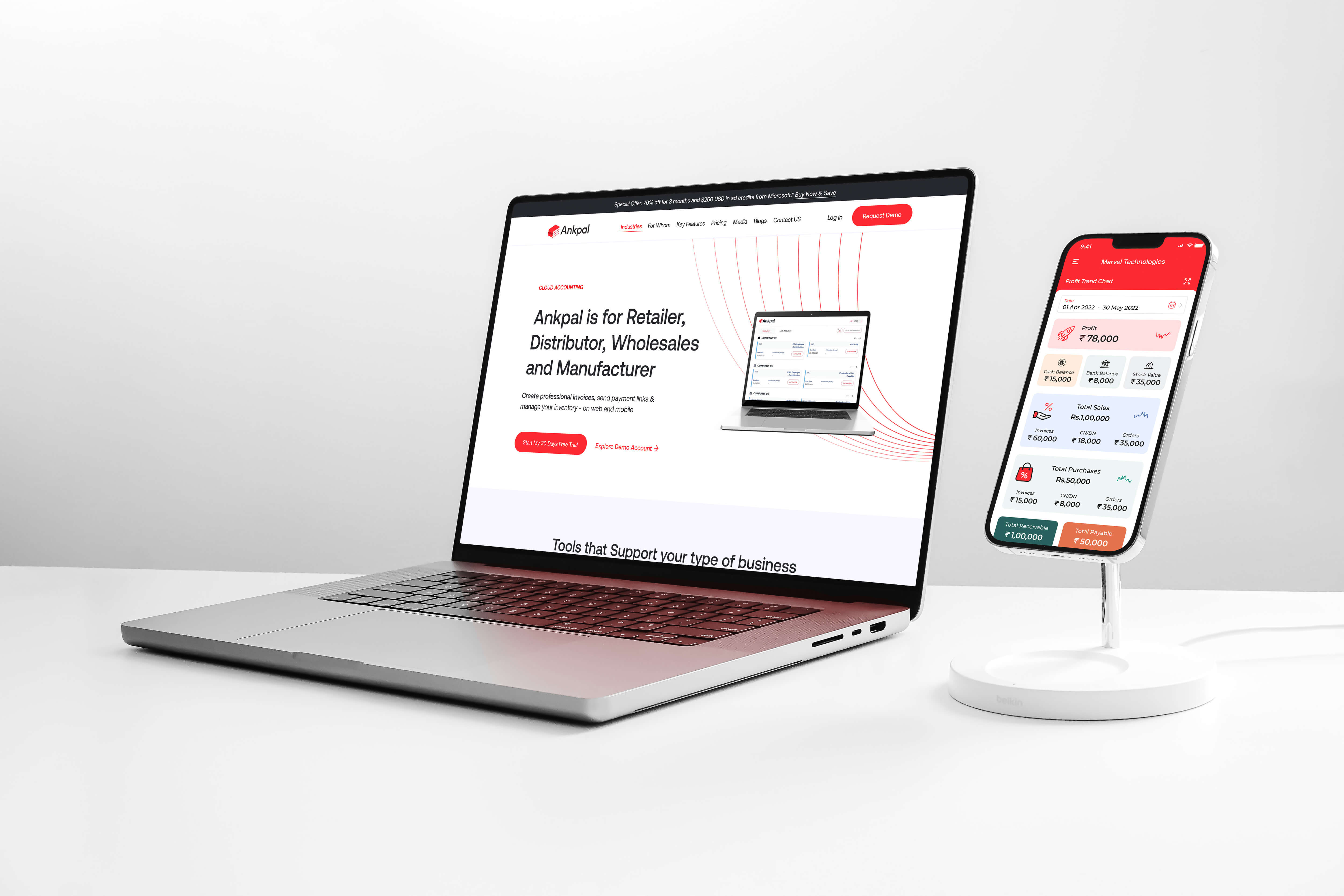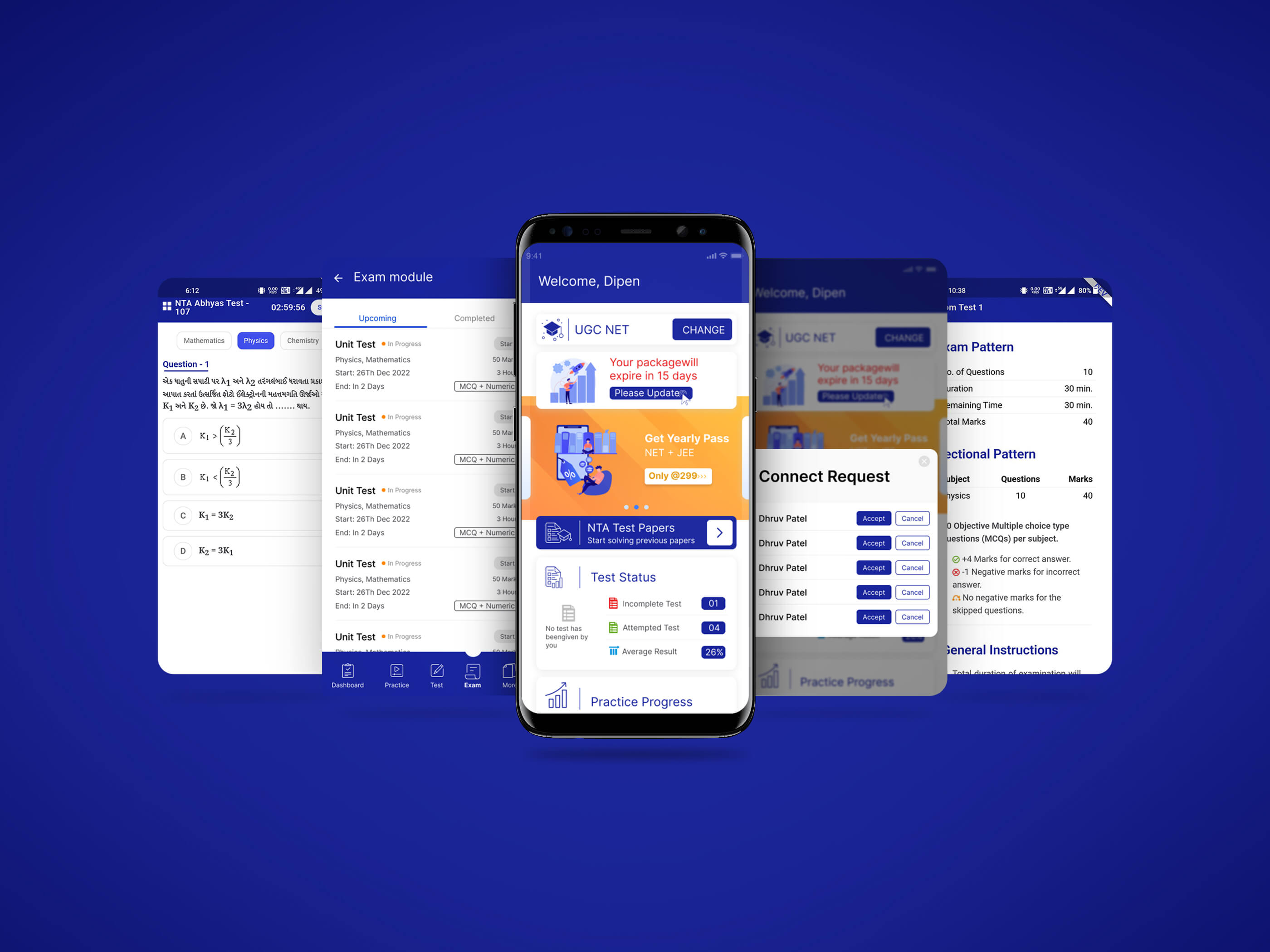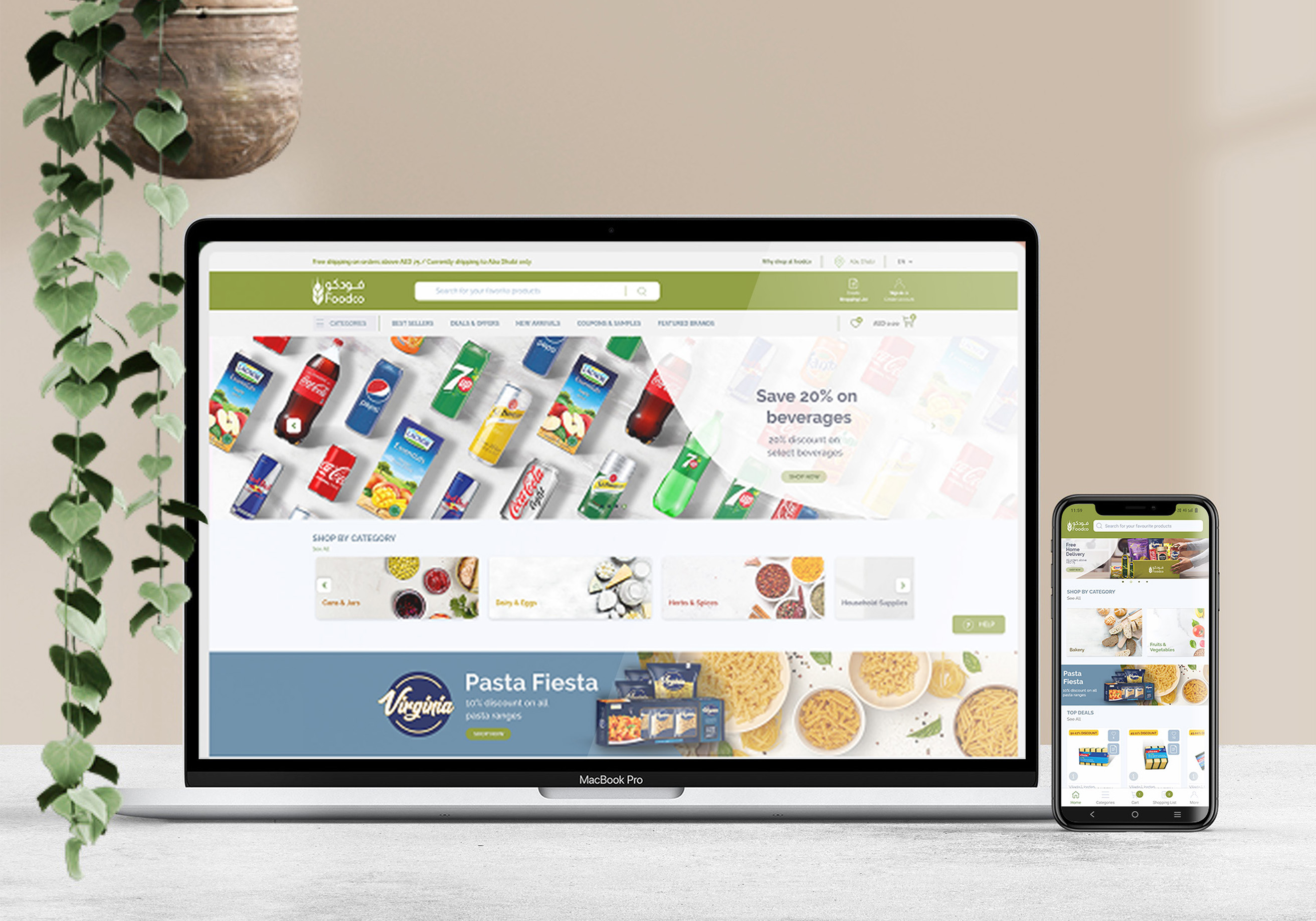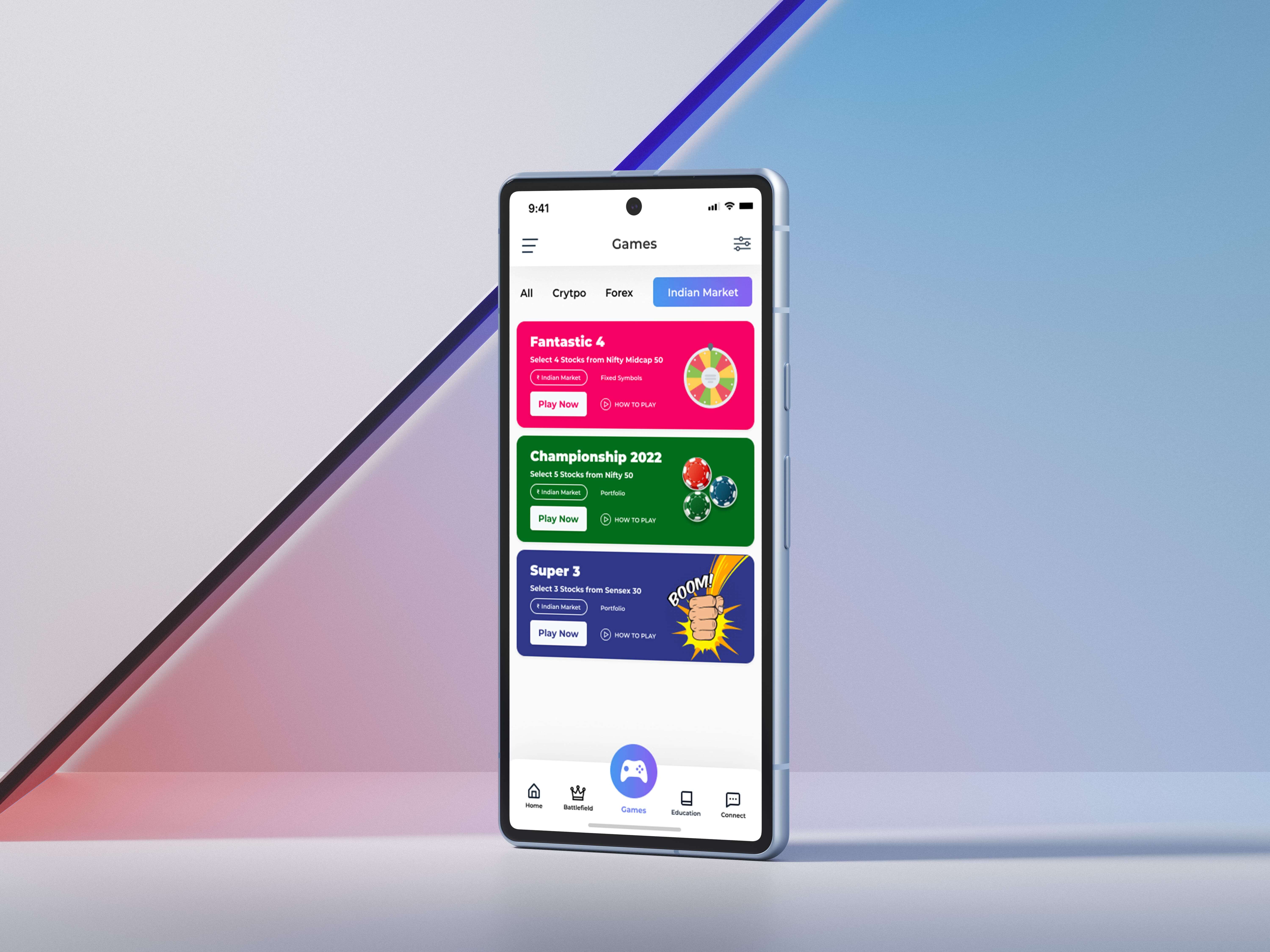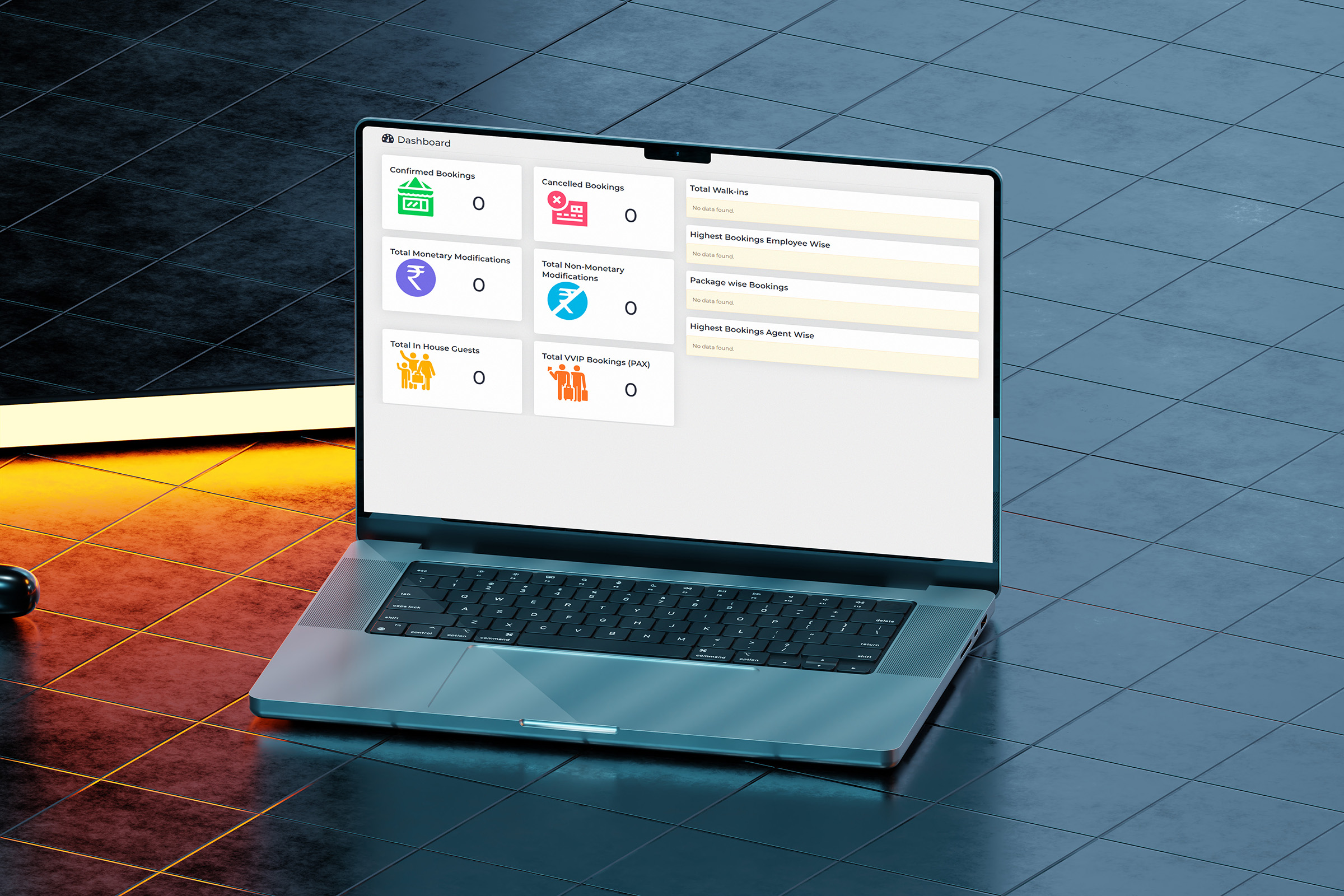Streamlining Workflow Efficiency & Management Using SharePoint and React
About Client
Industry
Automotive
Business Type
Enterprise / Large-Scale Manufacturer
About Project
IConflux partnered on a project that required a secure, scalable, and structured workflow management solution. The objective was to develop a customized platform that could support dynamic form processes, hierarchical approvals, and recurring updates across teams and departments.
By leveraging Microsoft SharePoint and React, IConflux delivered a robust, user-centric system that enhanced data management, ensured smoother communication, and streamlined operations.
The Problem
The client was using Microsoft SharePoint for internal workflows, but growing operational needs highlighted
several challenges:
Rigid System Restrictions:
SharePoint's default role and permission system made it difficult to meet complex user requirements within a single workflow.
Limited Workflow Flexibility:
Approval paths were hard-coded and couldn't adapt easily to new hierarchies or evolving form structures.
User Experience Gaps:
The default SharePoint UI wasn't intuitive, especially for non-technical users, resulting in slower task completion.
Lack of Email Triggers:
Users weren't promptly notified via email when they needed to take action, such as initiating, reviewing, or approving forms.
The client needed a solution that could overcome these constraints and support a more
agile, user-friendly workflow system.
Solutions Offered
IConflux took a modular and scalable approach to development, customizing SharePoint and integrating
modern technologies:
Custom Role and Permission Layer:
Developed a tailored system to define and manage user access independently from SharePoint's default setup.
Dynamic Workflow Engine:
Enabled admins to restructure workflows on the go, based on changing form logic or hierarchy—without backend rewrites.
React-Based Frontend:
Delivered a modern, responsive user interface that minimized friction and improved engagement for end users.
Integrated Email Notifications:
Implemented trigger-based email alerts for actions like form initiation, submission, approval, or rejection to enhance accountability and reduce delays.
People Picker Integration:
Integrated a dynamic People Picker that pulls supervisor data directly from the SharePoint directory, allowing users to easily assign and select relevant personnel.
Discussion & Audit Trail:
Within the Request Listing module, added a “Discussion” section that captures all interactions (approvals, rejections, comments), enabling complete transparency.
Team Member Visibility:
Introduced a feature allowing supervisors to add team members with view-only access to ongoing requests, ensuring transparency and alignment.
Key Features
Multi-Step Approval Workflow:
Adaptable flow logic that accommodates different approval paths per form type.
Dynamic Role Assignment:
Roles based on department or responsibility could be adjusted as needed without system downtime.
Modern UI Layer:
Form changes could be pushed live without disrupting workflows already in progress.
Form Update Flexibility:
Form changes could be pushed live without disrupting workflows already in progress.
Email Triggers:
Users received notification emails at each stage—form creation, submission, and approval—to keep processes moving.
Real-Time Audit Trail:
The “Discussion” feature tracked and displayed all actions related to each request for all authorized users.
Measurable Outcomes
The deployment of the customized SharePoint-React solution led to several measurable outcomes:
50% Reduction in Workflow Delays:
Introduced a feature allowing supervisors to add team members with view-only access to ongoing requests, ensuring transparency and alignment.
30% Increase in Administrative Efficiency:
Staff could complete form-based tasks with less dependency on IT teams, thanks to self-service features and dynamic settings.
Seamless Form Management:
With the ability to update forms without disrupting the system, the client was able to stay compliant with evolving protocols.
Higher User Satisfaction:
End-users reported greater ease of use and fewer errors during form completion and approvals.
Improved Team Coordination
View-only access and transparent communication features helped teams stay aligned without information silos.
By transforming SharePoint's rigid infrastructure into a flexible, user-first workflow solution, IConflux delivered a system that adapts to evolving operational needs. With a dynamic React interface, email-triggered alerts, and simplified user management, the platform empowers users while ensuring data integrity and streamlined operations.
Tech Stack
React Js
Sharepoint
Testimonials from our valued clients
We bring our experience, expertise, and innovative mindset into every project to deliver the best results.
More Case Studies
Case Study
Solutions for Every Industry and Vertical Built with Expertise
We rely on the industry’s best practices, growth strategies, and customer behavior to build relevant and performant solutions.








